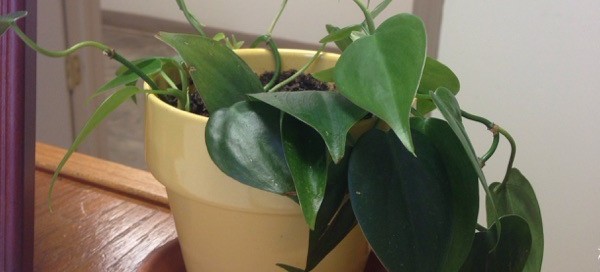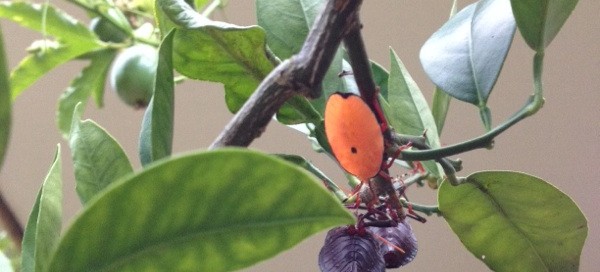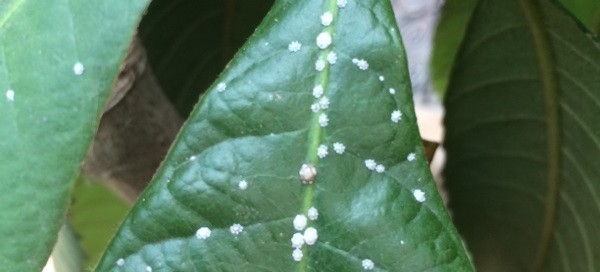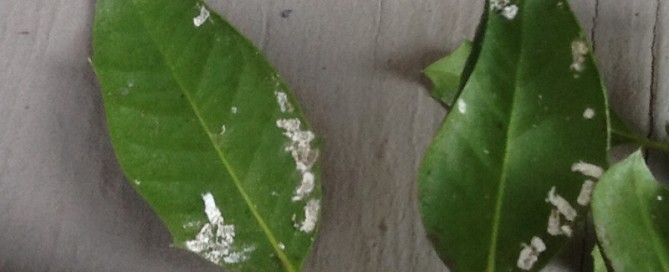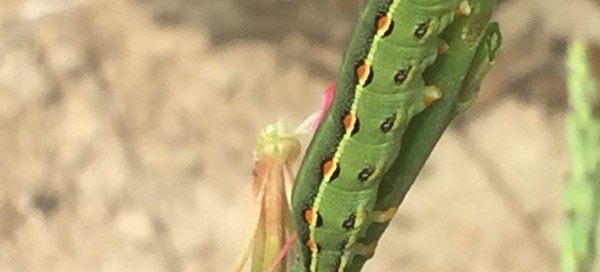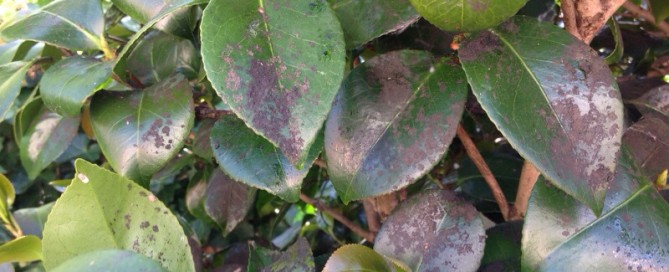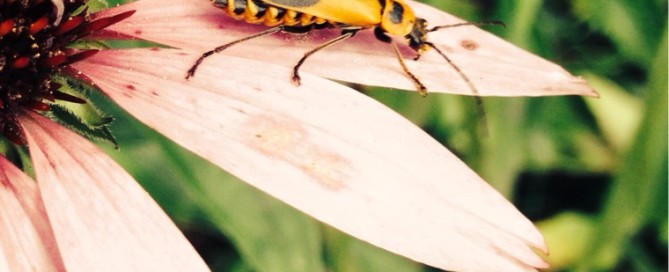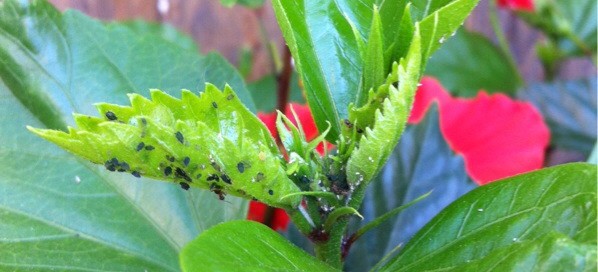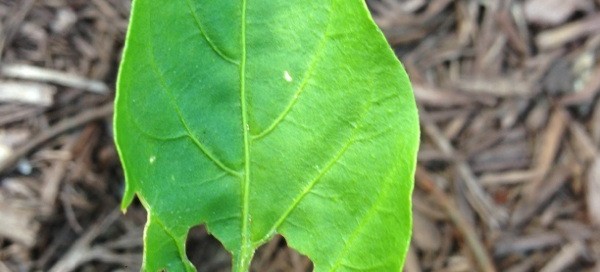Fungus Grats
What you have are probably fungus gnats rather fruit flies. You can use an organic product called Gnatrol which has Bt. in it. Please read the label carefully before use. You should be able to find it at a garden center or order it online.There is also a product called Ground Glass although I have been unable to find anything on the internet. It might be safe for your citrus plants. Do not use the house plant systemic. You can do more harm than good. For the time being, I suggest repotting your plants by removing all the soil and cutting off any dead or rotting roots. Repot into the same size pot with potting soil, not garden soil. The larvae feed on roots which is why I suggest repotting them. Your plants are staying too wet which is providing an ideal home for the fungus gnats. Water when the soil is dry. A good rule of thumb is putting your index finger in to the second knuckle. If dry, then you should water. If it is still moist, wait a couple of days and check again. Never let water sit in the bottom of the saucer and all pots should have drainage holes.
